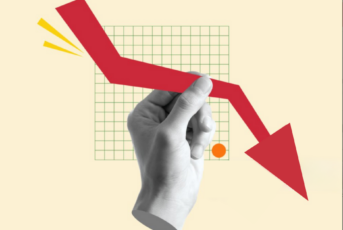President Trump signed a new COVID relief package on December 27, 2020 providing nearly $900 billion in additional funding to families and businesses. You might have heard of this as the Consolidated Appropriations Act of 2021 (“Bill”).While the Bill itself is the longest ever (nearly 6,000 pages) and provides aid to various segments of the economy, such as stimulus checks to families and expanded unemployment benefits, in this article, we’ll only cover the topic of the updated rules in the Paycheck Protection Program (PPP) loans. Specifically, the portion of the Bill that allocates $284 billion in new funding for the first and second round of PPP loans.
How to Qualify for New PPP Loans
You can qualify for the new PPP loan–even if you already received a PPP loan in the first round. To qualify for the new PPP loan, your business must the following criteria:
- Have fewer than 300 employees (500 employees for first time PPP borrowers);
- Must have exhausted all of the first round of PPP funds, if you received PPP funds during the first round; and
- Must show year over year decline in quarterly revenue of 25% or more.
Is there a limit to the PPP funds I can receive?
The calculation for the PPP loan is the same as that in the first round, which is 2.5 times average payroll costs. However, the limit has lowered and all new PPP loans are limited to a maximum of $2 million, down from $10 million in round one.
Restaurants and hospitality now get more money
We all know how hard it has been for the restaurant and hospitality sectors during the COVID crises. In an effort to soften the blow to these industries, new PPP loans allow for 3.5 times the average payroll costs.
Expanded Expenses
The original PPP rules only covered expenses for payroll, mortgage interest, rent/lease, and utilities. The new Bill expands the types of expenses to include software, accounting, supplier costs essential to running the business, costs to keep employees safe, and many others. Despite the expanded allowable expenses, borrowers must still spend at least 60% of their PPP funds on payroll to qualify for full forgiveness. Keep in mind that payroll includes retirement plan contributions, healthcare costs, and payroll taxes.
PPP Related Expenses are now Tax Deductible
During the first round of PPP, the IRS raised a lot of concerns when it issued Notice 2020-32. That notice essentially denied the tax deductibility of expenses paid with PPP funds. The new Bill has reversed course and allows businesses to fully deduct expenses paid with PPP funds, whether in the first or second round.
Forgiveness Simplified
In a series of confusing and constantly changing forms, the SBA issued three different forms to apply for PPP forgiveness. One of those forms was 3508S which allowed borrowers a streamlined forgiveness process on PPP loans of $50,000 or less. The new Bill increases that threshold to $150,000, making it easier for more businesses to quickly apply for forgiveness. The new form is forthcoming.
EIDL Advances
Borrowers seeking forgiveness on the original PPP funds who also had Economic Injury Disaster Loans (EIDL) advances were required to subtract the EIDL advance from their PPP forgiveness amount. This meant that the EIDL advance became a loan after the PPP loan was forgiven. The new Bill eliminates that requirement and now the entire PPP loan is forgivable.
If PPP round one was any guide, the SBA and IRS will constantly issue updates and revise forms. Banks are still creating procedures to start processing these new loans. Therefore, it is extremely important to work with a CPA who fully understands the changing nuances and can work with your bank to help you obtain the proper funding and get you the forgiveness.
Looking for an independent fiduciary financial advisor who can advise you on investments, retirement, real estate, alternative assets, and taxes? Contact ACap Advisors & Accountants to schedule a free initial consultation. Our clients include individuals, small businesses, entrepreneurs, and anyone serious about saving and investing for their future.









